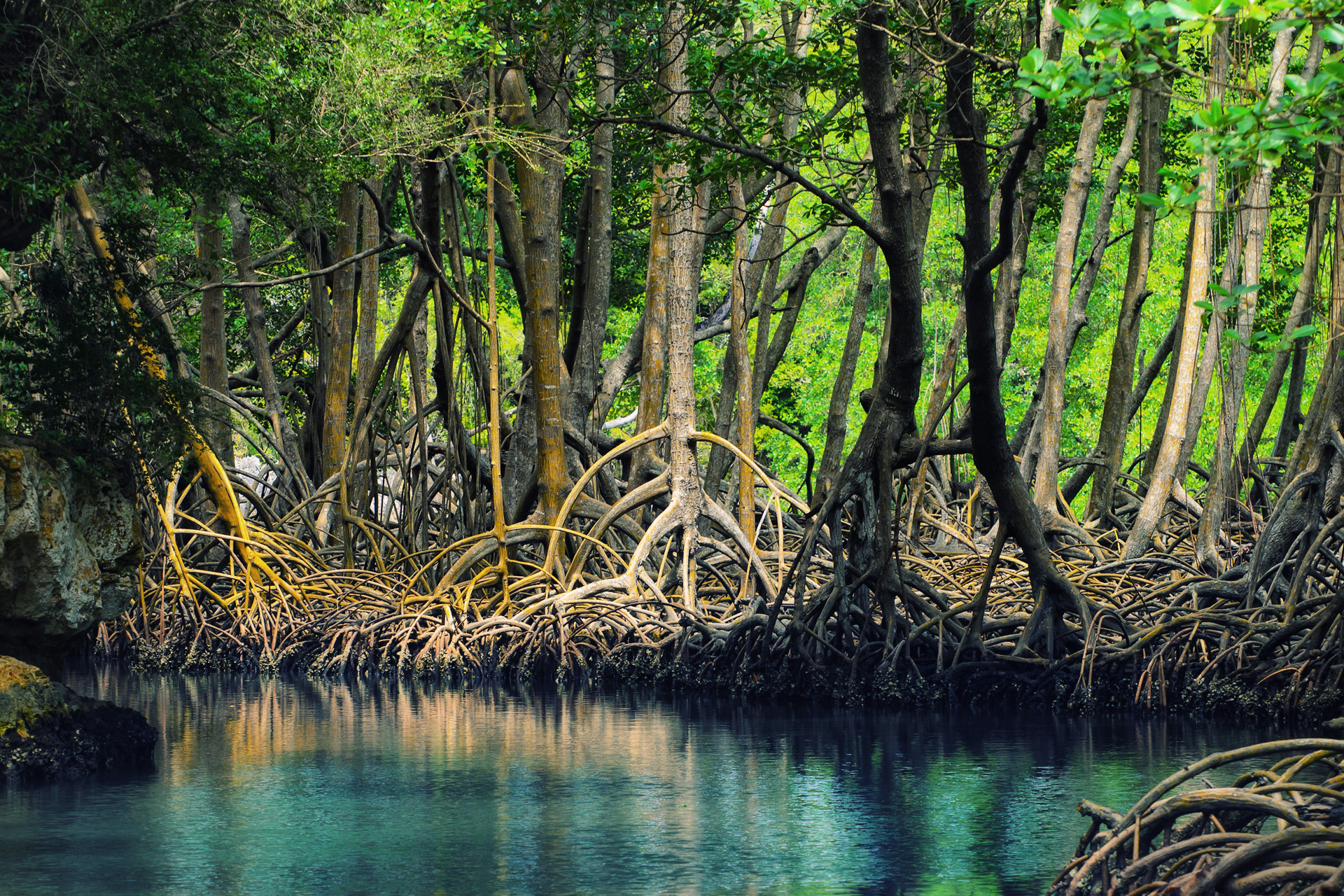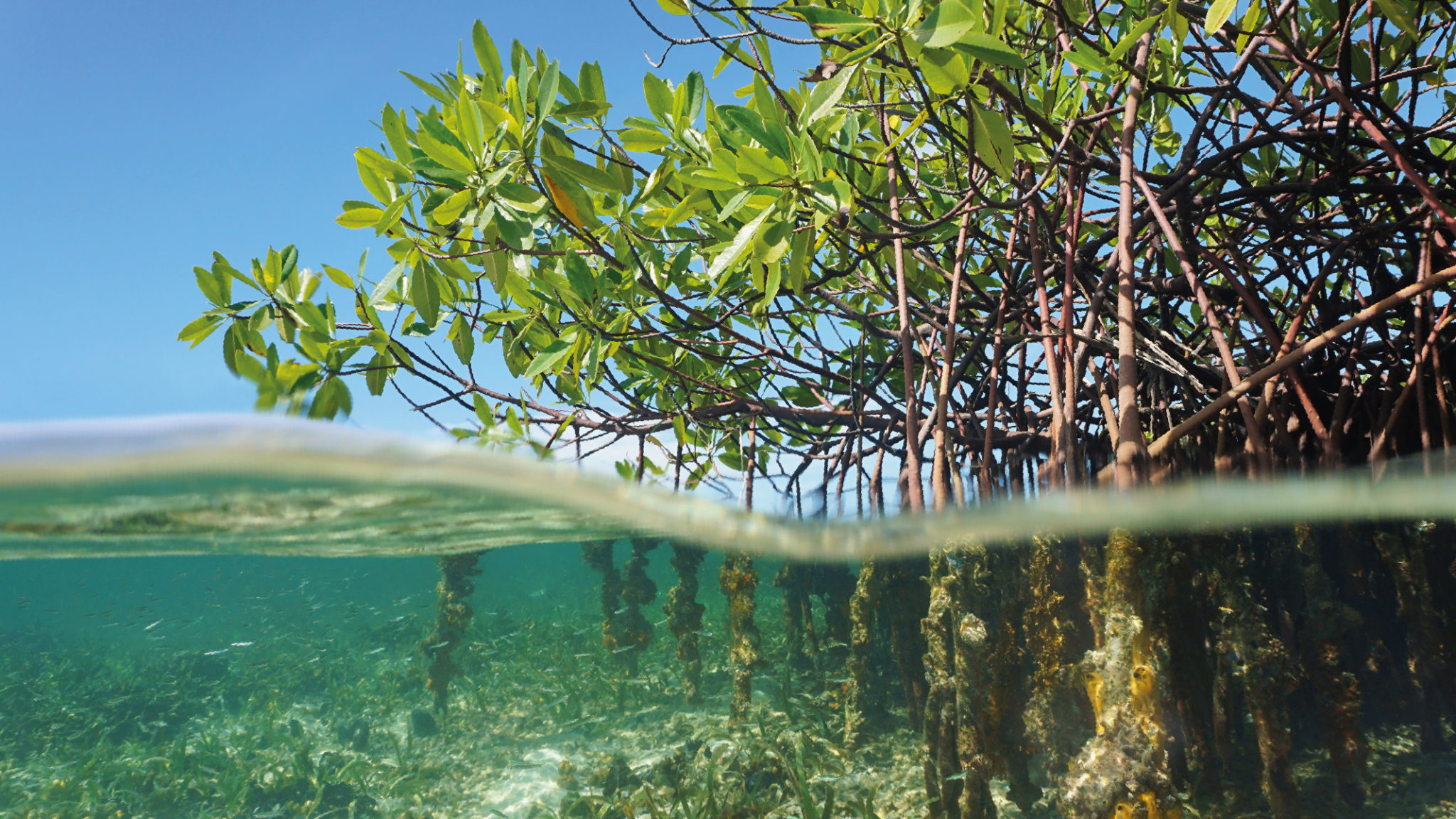When it comes to environmental conservation, chanaaz mangroves have become a focal point for researchers and nature enthusiasts alike. These remarkable ecosystems are more than just trees growing in salty water—they're vital protectors of our planet. Picture this: a lush green shoreline, teeming with life, acting as a shield against rising sea levels and a haven for countless species. That’s what chanaaz mangroves bring to the table.
Now, let me tell you why these mangroves matter so much. Beyond their beauty, they play an essential role in maintaining ecological balance. They absorb carbon dioxide, protect coastlines from erosion, and provide habitats for marine life. So yeah, if you care about the environment—and who doesn’t?—chanaaz mangroves deserve your attention.
Here's the deal: we're living in a world where climate change is real, and coastal communities are feeling the heat. Enter chanaaz mangroves, which act like nature's superheroes. They're not just about protecting biodiversity; they're also about safeguarding human lives. Stick around because I'm about to break down everything you need to know about these amazing ecosystems.
Read also:Pornhub Videos The Ultimate Guide To Understanding The Platform Trends And Impact
What Are Chanaaz Mangroves?
Let’s dive right into it. Chanaaz mangroves are a specific type of mangrove species found in certain parts of the world. These bad boys thrive in tropical and subtropical regions, where saltwater meets freshwater. They’re like the ultimate survivors, adapting to harsh conditions that would make most plants run for the hills.
What makes chanaaz mangroves unique is their ability to filter salt out of the water and stabilize muddy soils. This means they can grow in areas where other plants simply can’t survive. And let’s not forget their intricate root systems, which create a natural barrier against storms and waves. It’s like having a built-in defense system for coastal areas.
Key Characteristics of Chanaaz Mangroves
- High tolerance to saltwater
- Ability to stabilize muddy soils
- Complex root systems for protection
- Crucial role in carbon sequestration
Here’s a fun fact: chanaaz mangroves are some of the most efficient carbon sinks on the planet. They absorb CO2 at an impressive rate, helping to mitigate the effects of climate change. So next time someone talks about going green, remind them of these amazing trees!
Why Are Chanaaz Mangroves Important?
Alright, so now that we’ve established what chanaaz mangroves are, let’s talk about why they matter. First off, they’re nature’s version of a Swiss Army knife. They do a little bit of everything when it comes to preserving the environment.
For one, they serve as a buffer zone between land and sea. This means they help reduce the impact of storms and tidal surges, protecting nearby communities. Plus, they provide a home for countless species of fish, birds, and other wildlife. It’s like a bustling city for animals, but instead of skyscrapers, you’ve got trees.
Ecological Benefits of Chanaaz Mangroves
Let’s zoom in on the ecological benefits of chanaaz mangroves. These ecosystems are like biodiversity hotspots. They support a wide range of species, from tiny plankton to large marine mammals. And here’s the kicker: many of these species rely on mangroves for survival.
Read also:Imani Ducket Rising Star In The Entertainment World
For example, juvenile fish often use mangrove roots as nurseries. It’s like a safe haven where they can grow up without worrying about predators. Birds also love hanging out in mangroves because they offer plenty of food and shelter. In short, chanaaz mangroves are like nature’s all-in-one package deal.
Challenges Facing Chanaaz Mangroves
Unfortunately, chanaaz mangroves aren’t immune to the challenges of modern life. Like many natural ecosystems, they’re under threat from human activities. Things like deforestation, pollution, and climate change are putting these vital ecosystems at risk.
Take deforestation, for instance. When mangroves are cut down to make way for shrimp farms or urban development, it disrupts the entire ecosystem. This not only affects the plants and animals living there but also the people who depend on them for food and livelihoods.
Impact of Climate Change on Chanaaz Mangroves
Climate change is another biggie when it comes to threats facing chanaaz mangroves. Rising sea levels and increased storm activity are putting a strain on these ecosystems. While mangroves are pretty resilient, there’s only so much they can handle.
Plus, changes in temperature and rainfall patterns can affect the growth and survival of mangroves. This means that if we don’t take action, we could lose these valuable ecosystems forever. And trust me, that’s not something we want to happen.
Conservation Efforts for Chanaaz Mangroves
But hey, it’s not all doom and gloom. There are plenty of people out there working hard to protect chanaaz mangroves. Conservation efforts are underway in many parts of the world, with governments, NGOs, and local communities teaming up to make a difference.
One approach is reforestation. By planting new mangroves, we can help restore damaged ecosystems and create new habitats for wildlife. Another strategy is education. By raising awareness about the importance of mangroves, we can inspire people to take action and protect these vital ecosystems.
Community-Led Mangrove Conservation
Community-led conservation is another game-changer. When local communities are involved in protecting mangroves, they’re more likely to succeed. After all, these are the people who live and work in these areas, so they have a vested interest in preserving them.
For example, in some parts of Asia, local fisherfolk have formed cooperatives to manage mangrove resources sustainably. They’ve implemented rules to prevent overfishing and ensure that mangroves are left alone to grow and thrive. It’s a win-win situation for everyone involved.
Economic Value of Chanaaz Mangroves
Let’s not forget the economic value of chanaaz mangroves. These ecosystems contribute billions of dollars to the global economy every year. Think about it: they support industries like fishing, tourism, and even carbon trading.
Fishing communities, in particular, rely heavily on mangroves for their livelihoods. The fish that live in and around mangroves are a crucial source of income and food for millions of people worldwide. And let’s not underestimate the power of ecotourism. People love visiting mangrove forests because they’re so rich in biodiversity and offer unique experiences.
Carbon Trading and Mangroves
Now, here’s something interesting: mangroves are becoming big players in the world of carbon trading. Because they’re such effective carbon sinks, they’re being used as a tool to combat climate change. Companies and governments are investing in mangrove restoration projects as a way to offset their carbon emissions.
This not only helps the environment but also creates jobs and generates income for local communities. So it’s a pretty sweet deal all around. And the best part? It shows that protecting nature can also be good for business.
Scientific Research on Chanaaz Mangroves
Of course, no discussion about chanaaz mangroves would be complete without talking about the science behind them. Researchers around the world are studying these ecosystems to better understand how they work and how we can protect them.
Recent studies have shown that mangroves are even more important than we thought. For example, they play a key role in nutrient cycling, which is essential for maintaining healthy ecosystems. They also help maintain water quality by filtering out pollutants and sediments.
Breakthroughs in Mangrove Science
There have been some pretty exciting breakthroughs in mangrove science lately. Scientists have discovered new ways to propagate mangroves more efficiently, which could revolutionize reforestation efforts. They’ve also identified specific species of mangroves that are more resilient to climate change, which could be key to their survival.
And let’s not forget about the role of technology. Advances in remote sensing and satellite imagery are helping researchers monitor mangrove health and track changes over time. This means we can respond more quickly to threats and take action before it’s too late.
How You Can Help Protect Chanaaz Mangroves
So now that you know all about chanaaz mangroves, you might be wondering how you can help. The good news is there are plenty of ways to get involved. Whether you’re a student, a professional, or just someone who cares about the environment, there’s something you can do.
One simple way is to support organizations working to protect mangroves. You can donate money, volunteer your time, or spread the word on social media. Another idea is to reduce your own carbon footprint by making small changes in your daily life, like using less plastic or driving less.
Education and Awareness
Education is another powerful tool for protecting chanaaz mangroves. By teaching people about the importance of these ecosystems, we can inspire them to take action. Schools, universities, and community groups can all play a role in raising awareness and promoting conservation.
And don’t underestimate the power of storytelling. Sharing personal experiences and stories about mangroves can help connect people emotionally to these ecosystems. Who knows? You might just inspire someone to become a mangrove champion!
Conclusion: The Future of Chanaaz Mangroves
So there you have it: everything you need to know about chanaaz mangroves. From their incredible ecological benefits to the challenges they face, these ecosystems are truly remarkable. But here’s the thing: their future depends on us.
We need to take action now to protect chanaaz mangroves before it’s too late. Whether it’s through conservation efforts, scientific research, or personal actions, every little bit helps. So let’s roll up our sleeves and get to work. Together, we can ensure that these vital ecosystems continue to thrive for generations to come.
And hey, don’t forget to share this article with your friends and family. The more people who know about chanaaz mangroves, the better. Who knows? You might just spark a movement!
Table of Contents


